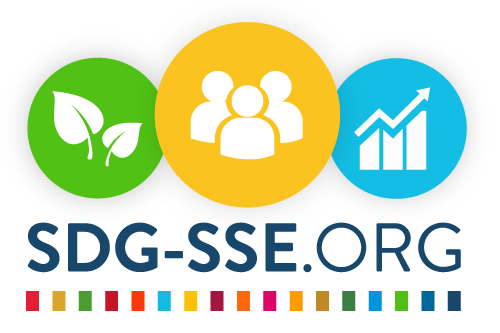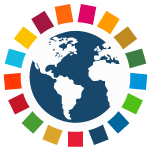Latvia Country Overview
The data below provides a quick overview of #Latvia.
| Basics | ||
| 1 | Population |
|
| 2 | Land area |
|
| 3 | Capital |
|
| Economy | ||
| 4 | GDP Per Capita |
|
| 5 | Distribution of family income – Gini index |
|
| 6 | GDP composition, by sector of origin |
|
| Social | ||
| 7 | Urbanisation |
|
| 8 | Unemployment |
|
| 9 | No. of population below poverty line |
|
| Environment | ||
| 10 | Natural resources |
|
| 11 | Land use |
|
| 12 | Environmental issues |
|
Background Info
Several eastern Baltic tribes merged in medieval times to form the ethnic core of the Latvian people (ca. 8th-12th centuries A.D.). The region subsequently came under the control of Germans, Poles, Swedes, and finally, Russians. A Latvian republic emerged following World War I, but it was annexed by the USSR in 1940 – an action never recognized by the US and many other countries. Latvia reestablished its independence in 1991 following the breakup of the Soviet Union. Although the last Russian troops left in 1994, the status of the Russian minority (some 26% of the population) remains of concern to Moscow. Latvia acceded to both NATO and the EU in the spring of 2004; it joined the euro zone in 2014.
Note 1: Data in this page is extracted from The World Factbook because of their comprehensiveness covering all countries in the world, for the ease of data comparison. Free usage of this data is permitted, click here for more information.
Note 2: The information above was accessed on August 23, 2016. The country page on The World Factbook for Latvia can be accessed here.




